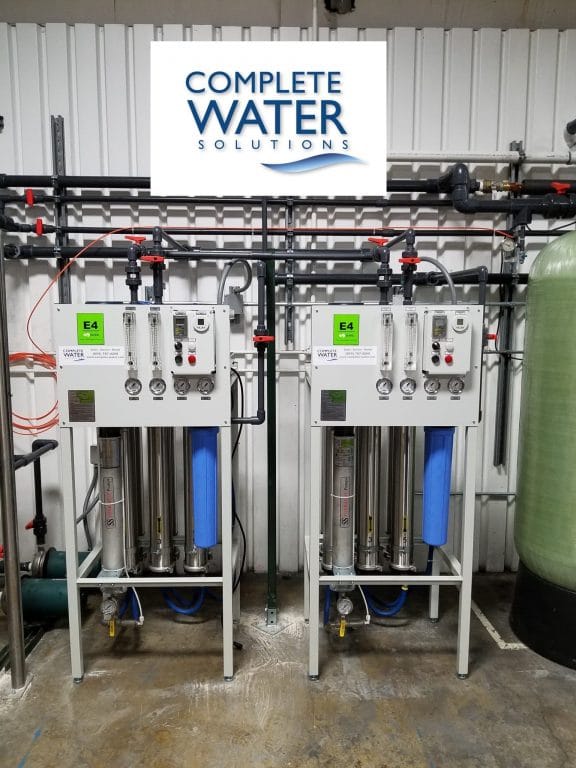Organics Monitoring in Your Water System – Part 1
Organics Monitoring in Your Water System - Part 1
Monitoring Process
Process water and steam condensate contamination include inorganic, biological, and organic components. Sources of organic contamination can include heat transfer fluids, process chemicals, and food & beverage products, as well as naturally evolving organics from surface and groundwater. If an excess of dissolved organic material occurs in the water, it can potentially contaminate the environment resulting in the formation of corrosive organic acids, contribute to undesirable discharges to the environment or cause upsets in biological wastewater treatment processes.
Companies use many types of monitoring tools to prevent corrosion and equipment damage, limit product loss, and optimize treatment processes. The tools used for organics monitoring include an indirect measurement of organic carbon (BOD or COD) direct measurement of organic carbon (TOC) monitoring as well as oxygen demand testing. When seeking the most granular results, the tools typically used for compliance reporting are the oxygen demand parameters (based on historical practice), however, the time required for BOD testing (5 days) or COD (2-3 hours) does not really lend itself to the real-time decision making required for process control.
The installation of Total Organic Carbon (TOC) analyzers used for discharge monitoring can often be configured to include a correlation to the report data and oxygen demand test and produce the data in COD or mg/L O2 for BOD. When TOC is used for process control, the output is typically in ppm C providing online, near real-time reporting of organic contamination. Organics monitoring, using TOC has seen several technology upgrades and instrument designs uniquely developed to handle the variable sample and environmental conditions inherent in these industrial applications.


